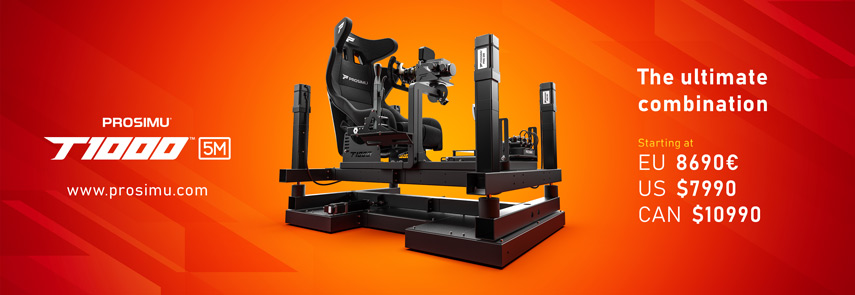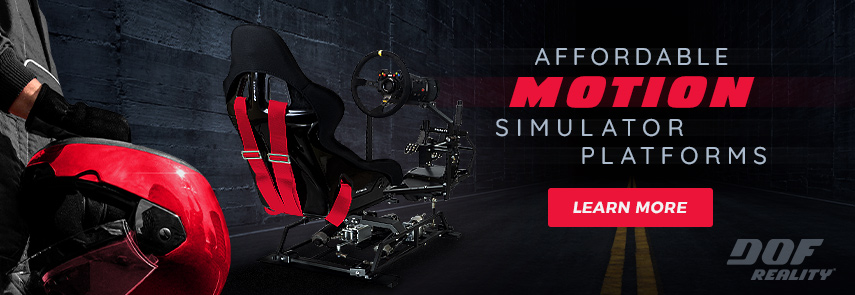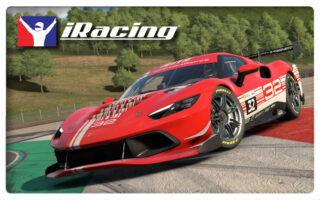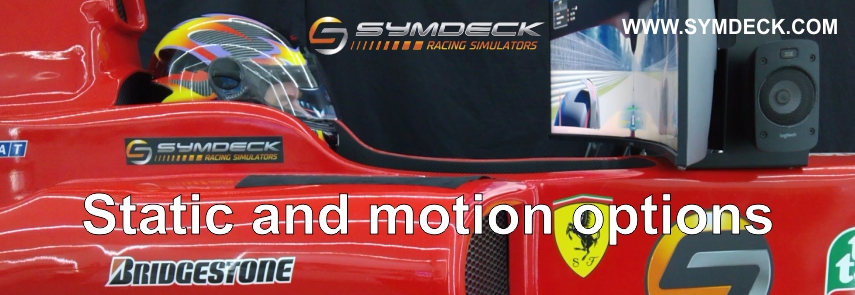
iRacing renewed its agreement with TotalSim USA
iRacing is constantly improving its 50+ digital race cars that are currently available on the online racing platform. A big team of modelers, vehicle dynamicists, and physics programmers are constantly working hard to make the virtual cars drive and race like their real world counterparts.
For the advanced mathematics and physics calculations, iRacing also relies on its third party partners. One of these partners is the Ohio-based TotalSim, a world leader in computational fluid dynamics. iRacing recently renewed its agreement with TotalSim who are working on CFD programs designed to expand iRacing’s ability to model the aerodynamic properties of existing race cars.
iRacing recently renewed its agreement with TotalSim who are working on CFD programs designed to expand iRacing’s ability to model the aerodynamic properties of existing race cars. This way, the iRacing vehicle aero model can replicate the aerodynamic behavior of the real cars in the virtual iRacing racing environment.
“Our relationship with TotalSim is key to iRacing’s ongoing development of high fidelity simulated race car behavior,” says iRacing vehicle dynamicist Chris Lerch. “With their impressive CFD capabilities, Indianapolis 500- and Formula One-winning designers and engineers, TotalSim ranks among the world’s leading race engineering firms.”
“TotalSim definitely have the know-how in CFD,” says Steve Reis, who joined the iRacing vehicle dynamics program earlier this year. “When I was with Team Penske we worked with TotalSim on our stock car program and enjoyed considerable success.
“Aerodynamic data is very important in simulating a car’s behavior,” Reis continues, “but we rarely get good aerodynamic data from manufacturers and race teams. Because iRacing does such a good job laser scanning and modeling the external geometry of our cars, it sets us up well to use CFD to generate the accurate aerodynamic data we need.”
“Think of CFD as a virtual wind tunnel,” says Ray Leto, TotalSim founder and former aerodynamicist and technical director at Rahal Letterman Lanigan Racing. “It enables us to test the physical geometry of iRacing’s cars in a virtual manner, one particularly relevant to sim racing.”
“When people test in a wind tunnel they test in a very specific and limited range of a car’s attitude,” says Lerch. “Our applications cover a much broader range; after all, we want to accurately simulate anything and everything that happens to a race car, not just maximize its performance. For example, we want to understand the aerodynamic forces acting on every car in a four, five or ten car draft, not just what happens when our car drafts another car; we actually care about what a car will do at 90 degree of yaw – totally sideways. That makes CFD a very good option for us: we can test cars in conditions that would be either impossible or impractical to achieve in a physical wind tunnel.”
“Along with drafting, dirt racing is right at the top of our list in CFD work,” says Lerch. “Dirt track cars operate at high yaw angles that are hard to test in the wind tunnel, making CFD a great fit for us in capturing the aerodynamics of something like a winged dirt sprint car.”
“Ultimately, we’d like to partner with TotalSim in a way that provides sufficient capability and autonomy within the wall of iRacing so we’re not dependent on TotalSim on a day-to-day basis,” says Lerch. “Ray and TotalSim bought into that approach from the start.”
“We want to make our knowledge of CFD available to people who can dip in and dip out of aerodynamic testing without making a major investment in wind tunnel programs,” says Leto. “For example, people creating concept cars or after-market body kits. In that sense, iRacing is the perfect test bed. I can even envision a day when iRacers can use CFD as a tool to design their own race cars.”
| Webpage – www.iRacing.com |
 Bsimracing Sim Racing Resources and News for the racing enthousiast.
Bsimracing Sim Racing Resources and News for the racing enthousiast.






